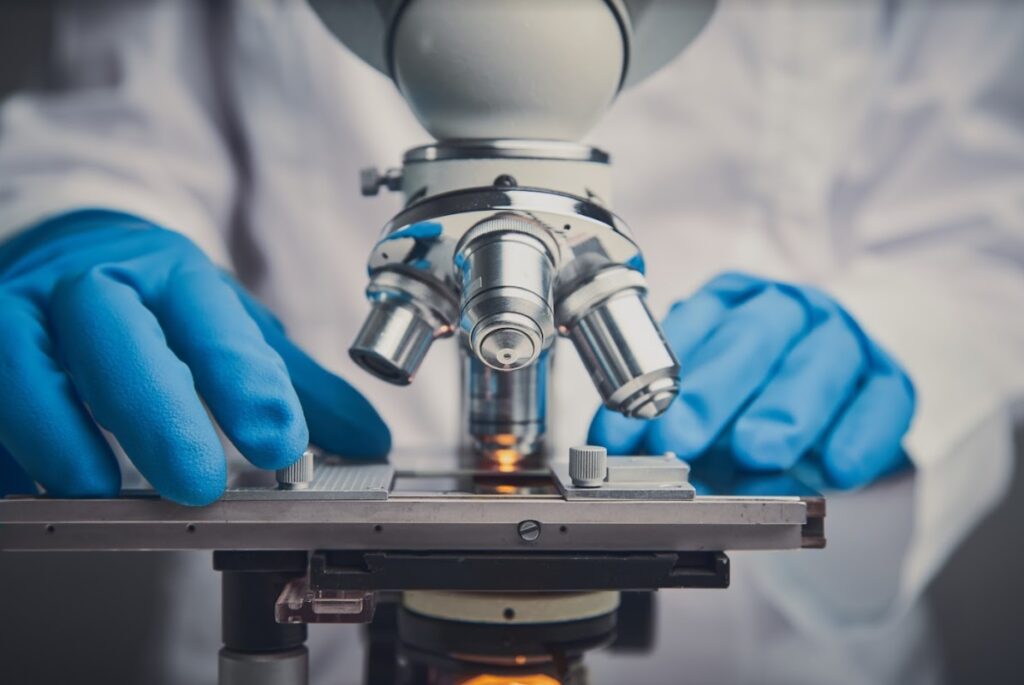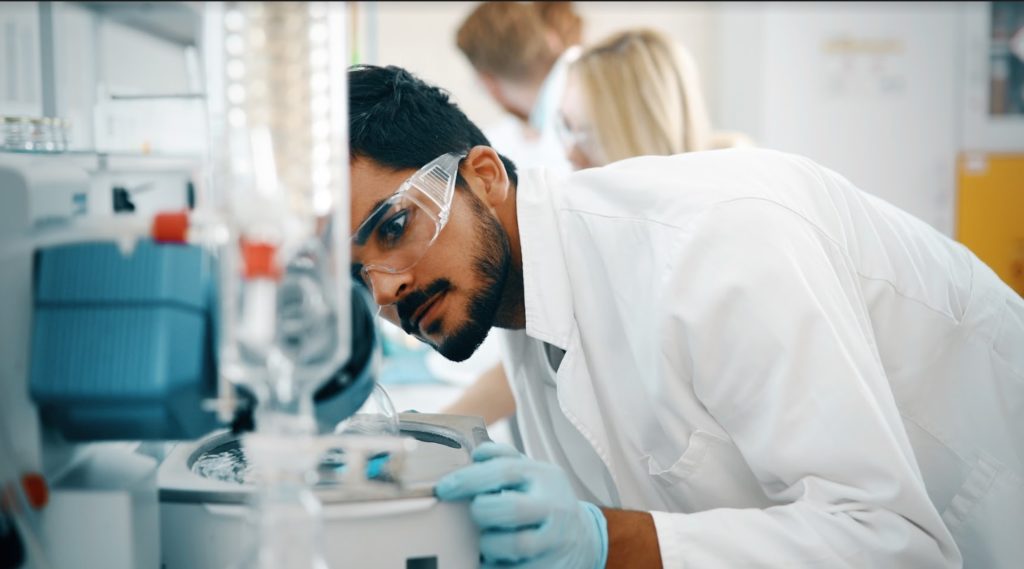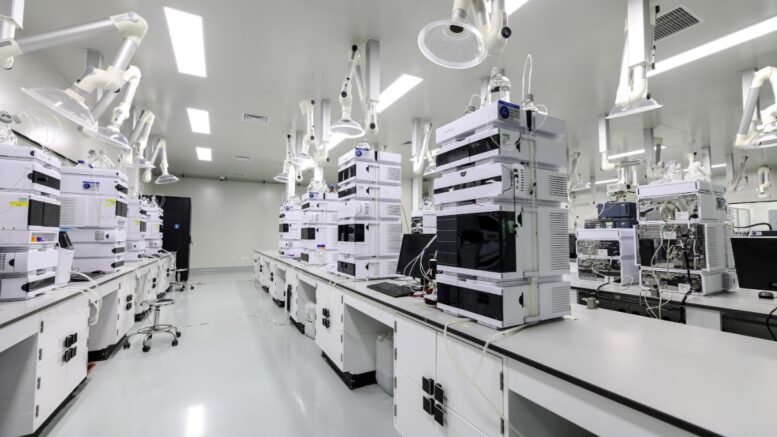No matter what your lab is working on, the equipment that you use is likely a top priority in your day-to-day operations. It’s not always practical or feasible to purchase state-of-the-art, new equipment for every experiment that you’re conducting or test that you’re doing— especially if your company covers multiple areas. Many labs suffer from the same problem in limited resources, so it’s no wonder why they’re seeking alternatives to cut corners and costs, while still ensuring safe operation. Buying second-hand lab equipment represents a very real opportunity for your company to get the equipment that it needs without having to break the bank. It also offers an array of other potential benefits.
There are many kinds of second-hand equipment, but the words used to classify them are simply umbrella terms to cover a range of instruments that don’t fall under standard retail guidelines:
Refurbished lab equipment—has passed the skillful eyes and hands of experienced technicians, who have either repaired it or checked it over.
Reconditioned lab equipment—refers to instruments that were either reported as damaged or rejected by the original owner. With reconditioning, any faulty or damaged part is replaced, rather than repaired.
Remanufactured lab equipment—includes equipment that has been vetted by a long process of testing procedures, and has had many integral components replaced.
As-is lab equipment—can be kind of hit or miss, as neither the seller nor the company that they go through knows the truth behind its condition. It might work perfectly, but it might not; this is the risk that you take.
Most manufacturers offer an option to lease or to buy second-hand; this can be a much more desirable option than buying new for various reasons, including but not limited to time efficiency, the condition of the equipment, saving money, and minimizing your lab’s carbon footprint. The following are six especially compelling benefits to buying second-hand equipment for your lab.

Time-efficient
Having to wait for a manufacturer to create new equipment is often time-consuming, and you may end up waiting for up to eight weeks before receiving what you’ve ordered. Labs often don’t have that much time to waste; they have deadlines to meet, and are often dealing with projects in which time plays a significant factor. This is especially true of labs that work for other companies, such as big pharmaceuticals, research facilities, and medical practices.
Buying second-hand equipment can help to bypass this wait-time, or at least to cut it back substantially. This is because you only have to wait for the instruments to be sent, rather than built as well.
Refurbished equipment is pristine
When you’re buying second-hand equipment, you can almost usually trust that it’s going to be very clean and extremely well-refurbished. Many suppliers that deal with second-hand equipment want to gain and keep clients, so they offer top-notch services; if the quality of the equipment suffers, then so may the quality of their work and the satisfaction of the clients.
Places that sell new but lower-quality equipment don’t always offer the same effort or guarantee. Used lab equipment usually goes through more vetting than regular equipment, as many distributers will double- and triple-check it to make sure that it’s still working properly.
Financial reward
Saving money is gaining money, and the best aspect of buying used lab equipment is probably the difference in cost. As you’re not paying the premium amount for items that haven’t been used, you could be saving between 50% to 80% off the initial price. Lab equipment is expensive, and in choosing second-hand, you may acquire equipment that you couldn’t have otherwise afforded. In other words, you can experience the extravagance and advantage of wealth, but it may be more short-lived than if you’d purchased high-tech equipment in the traditional way.
Buying second-hand equipment is making a compromise; you opt for the more decently-price but used equipment, to help your company to produce more and possibly even better work.
More opportunities
By saving money, you are allowing your lab to invest in other areas, and even to take on more work. Buying new equipment can tie you down, and the last thing that you need is extra pressure, on top of all that which comes from deadlines and expectations. Saving money could mean many great things for your lab, including opening it up for more research and experiments. It can also allow you to hire more staff, to save up for larger investments, to allow for salary evaluation and improvement, and to offer training and development for lab technicians, scientists, and whomever else is working in your lab. While new equipment has its merits, there are arguably much better ways to spend; one of those which allows for more money left over, and thus more opportunity for your lab, is buying second-hand.
Reducing waste
What happens to all the equipment that becomes outdated, or breaks, or simply isn’t recycled? It certainly doesn’t just vanish. In 2018, 146.1 million tons of MSW were landfill, and of this number, 18% was plastic. Many labs use plastic instruments because they’re cost-effective and durable. Supporting an industry that’s promoting sustainable practices is not only ethically sound, but also works to make your laboratory’s carbon footprint smaller. All industries that deal with raw materials and manufacturing should understand that waste reduction may factor into overall corporate sustainability.

Many are familiar with the ways in which you can turn your workplace into an eco-friendlier environment: reduce, reuse and recycle. By using second-hand lab equipment, you’re pretty much applying the same rules and principles, by minimizing the usage and wastage of raw materials. If you’re buying used instruments, it means that less manufacturing is happening, and if labs are recycling, then the number of raw materials used will be less as well. It’s generally important for all businesses and homes to do their best in terms of waste reduction.
Minimal depreciation
If you purchase a new instrument over second-hand equipment, it is likely to depreciate much more quickly. Depreciation is when the value of something that you’ve bought for your business goes down. Instead of calculating second-hand equipment’s depreciation with your regular taxes, you write off parts over time; when you do this, you can have more control over how much money is written off each year, leading to better financial management. Essentially, you don’t want to lose much more than what you’re spending. If the purchase price is less, then it’s more likely to not go down so much, but if the price tag is high, depreciation can hurt your company’s bottom line. When you purchase second-hand, your resale value may actually stabilize for at least a year; this gives you the option of replacing it with a new model if necessary, helping you to avoid losing money.
What next?
Once you’ve discovered the many benefits of buying second-hand and you want to know more, what comes next? There are a few options for you to consider when buying used equipment, such as the level of “used” that it’s classified as. The first available option is to consider ex-demonstration equipment, which is usually still within the manufacturer’s current production range, and may often be bought with a standard warranty. Some companies will offer items that can’t officially be sold as new, perhaps due to the fact that they have been used in exhibitions or taken to customer sites as part of the sales process. Generally, the savings for this kind of equipment are not quite as high as for that which has actually been used before. So, really, this option may not help your lab as much as you want.

You could also purchase equipment directly from other labs. Some labs close down, or offer to sell their equipment for various reasons. This is the cheapest option, but may not be the corner you’re going to want to cut. There are disadvantages to taking this path, which shouldn’t be overlooked in the interest of saving money. Without any operators, technicians, or technical manuals, the instrument can be time-consuming to understand and implement, and you may not have full control over how well they operate. Additionally, without a sufficient service history or proof of functionality, you could be creating more risks for your company and your research.
At the end of the day, you must take into consideration the safety of your lab and the overall good that you’re doing by saving money and waste. Buying second-hand can be a great way to cut unnecessary costs, especially if the instruments are in great condition and work just as well—if not better—than a new product. Whether you buy from a supplier or another lab is entirely at the discretion of you and your team.
Saving money is great from an overall perspective, but you still must ensure that you aren’t bypassing areas that demand attention in the mean-time, such as safety, company integrity, and quality control.
